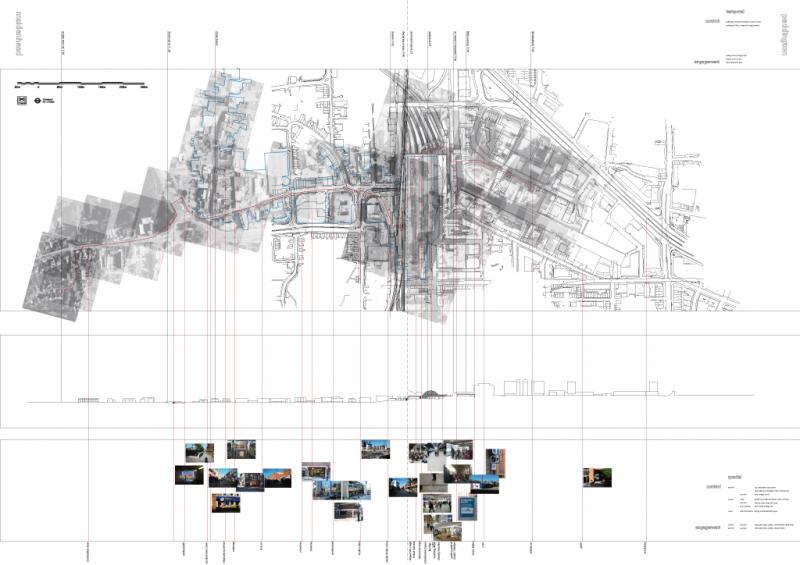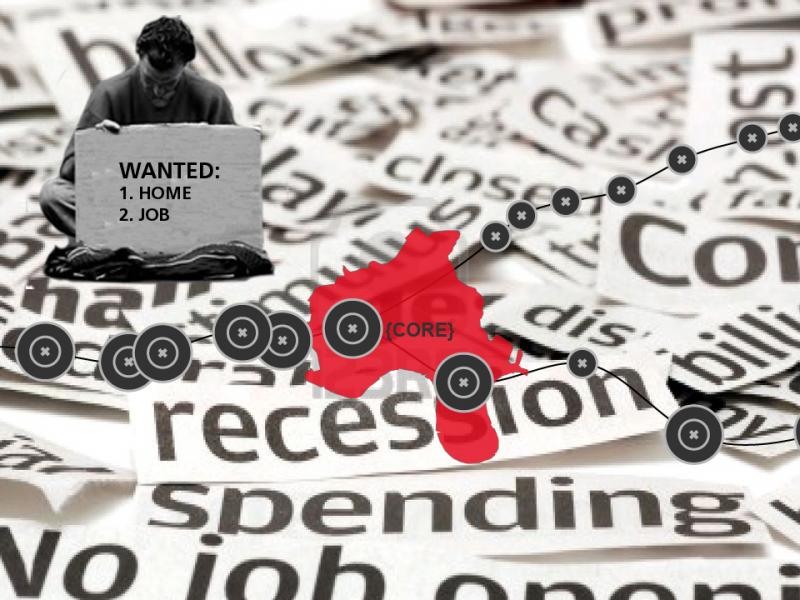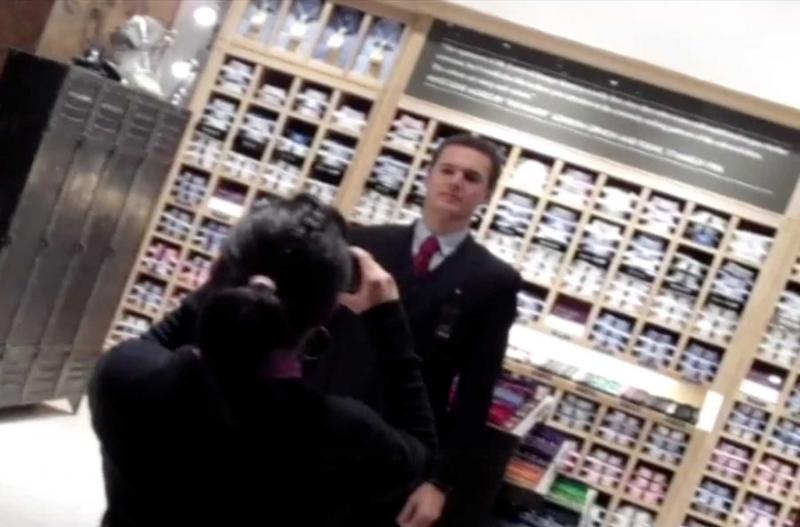Direct Urbanism: Engagement or Control?
Harnessing the potential for change brought about by the Crossrail initiative, Diploma 10 has proposed diverse, speculative and complementary urban interventions anchored on the future stations of Paddington, Whitechapel, Canary Wharf, Stratford and Abbey Wood. By reinterpreting the territories, conditions and situations surrounding these stations, the interventions simultaneously tackle the spatial reality of the physical context and engage with the more ephemeral reality of the live realm. By setting out to create composite interventions that integrate direct actions into the urban and spatial scales, the ten projects reassess the relationship between physical and social structures and question the spatial role played by the contrasting mechanisms of engagement and control.
‘Blue’ transforms the excluding fence of the Olympic site into 36 institutions that promise a true social legacy; ‘20-Minute City’ suggests that space can only be perceived through movement and examines the role of the station as a time interface; ‘Station of Misuse’ extends the concourse and penetrates the city by means of three urban lines that cut through different territories of ownership and use; ‘High Street NHS’ reconnects the dislocated internal community of the Royal London Hospital with the resourceful surrounding community of Whitechapel; ‘Labour Exchange®’ curates the possibilities of work around Crossrail’s statutory territory by spatially including the key institutions of the Idea Store and Sainsbury’s and connecting them to a fragmented network of structures and social strategies; ‘Sanctuary’ provides a safe retreat for two estranged and supposedly contradictory (female) user groups; ‘Classrail’ reconciles a twenty-first century nightmare of hostility, poverty and substance abuse on the Thamesmead Estate with a new middle-class fantasy guaranteed by the arrival of Crossrail; ‘Core’ propagates Crossrail’s initiative of a lasting skills, education and employment strategy to alleviate the entangled cycle of unemployment and homelessness prevalent in Whitechapel; ‘Death’ acknowledges the validity of funeral rituals and ceremonies and contends that memory is inaugurated and perpetuated more successfully through engagement than through memorials and monuments; and, finally, ‘Construction’ argues that temporality can engage society in a way that is not possible to emulate with a finished structure.



